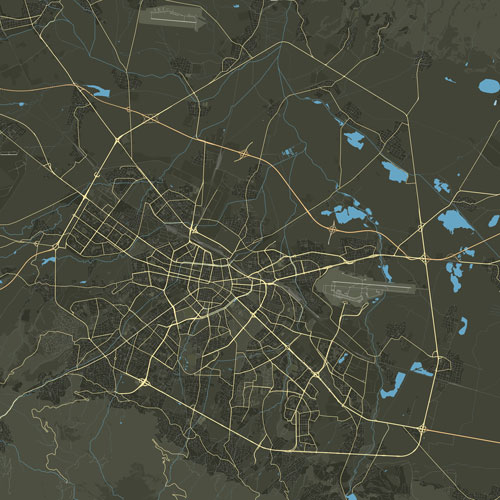Dobarsko is a small mountain village in the Razlozhka valley. It is an old Bulgarian settlement. It is located on the front of a mountain ridge in southern Rila, a place with an altitude of about 1000 m. One of the well-preserved cultural monuments in Dobarsko is the old church “Saints Theodore Tiron and Theodore Stratilat” – 1614. According to a legend still alive today, the village of Dobarsko was settled by some of the blinded soldiers of Tsar Samuel after the battle near the village of Klyuch in 1014, who came to hunt relief of his pains from a local medicinal spring. But the real reason why every Bupgarin should visit this village, which is only 17 kilometers north of the municipal center – the city of Razlog, is the extraordinary church of modest size, but of inestimable spiritual value.
Built and painted in 1614, it is eight and a half meters long, almost seven meters wide and only five meters high, with a gabled roof in accordance with the Ottoman legislation of the time. But the masters boldly carved two crosses on its facade. As well as a swastika in one of the stone blocks. This symbol of the sun and prosperity is of ancient Iranian origin and, according to scientists, came here with the first military families – the proto-Bulgarians who were faithful to the death of the Bulgarian state and settled on the border with Byzantium.
Almost all the inscriptions on the frescoes are in Bulgarian, although Greek was the official language in church institutions at that time.
And something particularly curious: in two frescoes, especially in the “Transfiguration” scene, Jesus Christ flies into the sky with something that resembles a modern space rocket in shape. Because of the writings of the Swiss Erich von Deniken, many supporters of the hypothesis of visits by extraterrestrials are inclined to accept them as pure truth, even distinguishing in this fresco the jets of jet engines. But similar images of “rockets” in quotation marks can be found in several other Bulgarian churches from this era.
The interior layout of the church is unusual: instead of a single-nave, the builders built a complex three-nave basilica, a type characteristic of the First Bulgarian Kingdom /9-11th century/. Which suggests that in the 17th century the builders most likely restored a church built in the same place during the era of Tsar Boris the First, Tsar Simeon the Great or Tsar Samuel, when this region was permanently within the borders of Bulgaria.
The images, 460 in number, occupying every square centimeter, have been surprisingly well preserved thanks to the smoke from the candles, although in the 19th century the Turks converted the church into a hammam.
Many of the frescoes testify to the patriotic feelings of their creators. Even St. George of New Sofia, who died for the faith only a few decades before, is depicted.
It is also noteworthy that the soldiers in a number of scenes are equipped with Western weapons – halberds, helmets, and the ships are Venetian galleys – apparently an echo of the famous sea battle in 1571 at Lepanto, where three quarters of the crews and fighters of the Venetian fleet were Orthodox Bulgarians. Greeks and Serbs.
A wall painting depicts the founders Hasia, Bogdan and Spas, as well as the builders Stanko, Smilen and Spas. A number of Catholic saints are also depicted, including the Roman Pope Sylvester, and Saint Cyril of Alexandria has been replaced by Saint Cyril the Philosopher – the creator of the old Bulgarian alphabet.
All this turns the temple in Dobarsko into one of the most valuable pearls in the necklace of the hundred national tourist sites.
The church has been declared a cultural monument and is listed in the UNESCO book.
Work time:
Every day:
09:30-17:30 On request by phone: 0892234615

